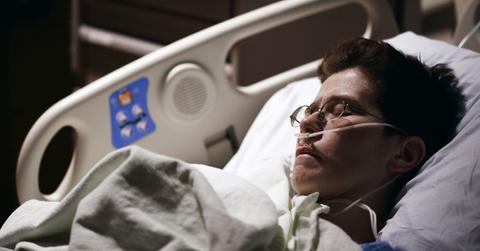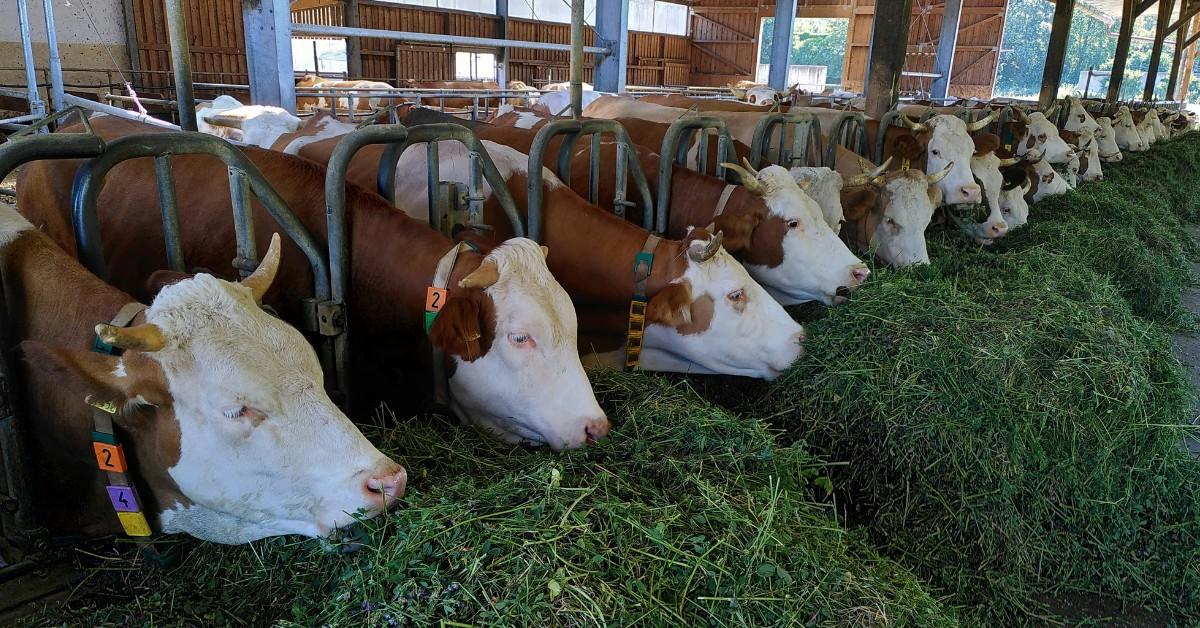The U.S. Has Detected It’s First Travel-Related Case of Human Screw Worm
The flesh-eating parasite has devastated cattle numbers in the past.
Published Aug. 25 2025, 3:51 p.m. ET

The words New World screwworm are enough to drive fear into the hearts of cattle farmers across the southern states. That's because this parasitic fly has been known to completely destroy cattle herds in areas like Mexico and South America, where the screwworm originates. And while farmers have come up with some pretty ingenious ways to battle these flesh-eating parasites in the past, it looks like there's a new threat coming into the country by way of two-legged travelers.
In August 2025, the U.S. documented its first case of travel-related New World screwworm in humans when a Maryland patient was diagnosed with the pest.
While the news may make those in the cattle industry sweat, it's definitely sending chills down the spines of those who want to know more about the bug and what they need to do to protect themselves. Keep reading to learn more, including what the U.S. Department of Health and Human Services (HHS) is saying about the winged pest.

The U.S. has detected its first case of human New World screwworm.
On Aug. 24, 2025, the Maryland Department of Health and Human Services reported the first U.S. case of New World screwworm. According to Reuters, a Maryland resident likely picked up the screwworm after returning from a trip to El Salvador.
While initial reports suggested that they may have been traveling from Guatemala, the HHS rep confirmed in an email to the publication that the travel did indeed include El Salvador, which is experiencing a screwworm outbreak.
"The risk to public health in the United States from this introduction is very low," the representative said in the email, seemingly highlighting how there was nothing for the general public to worry about at the time.
What are screwworm symptoms in humans?
Worried about the New World screwworm despite the low risk? According to the U.S. Centers for Disease Control and Prevention (CDC), there are a few signs you should be on the lookout for, including:
- Sores that won't heal
- Wounds and sores that get worse with time
- Painful sores and wounds
- Bleeding
- Noticing the feeling of larvae moving in your skin, nose, mouth, eyes, or in a sore
- Seeing the presence of screwworm maggots in or around a sore
- Odor from a wound site
Fortunately, not everyone is at risk for a New World screwworm infestation. The CDC says that certain people need to be mindful of their potential for infestation, including those with a combination of risk factors, like travel to an area where the flies are known to live, an open lesion or surgical site, a weakened immune system, a condition that can cause open sores or lesions, and those who sleep outside.
It sounds like the only way to ensure that you won't have to deal with the screwworms is by limiting their access in the first place so that the female fly cannot lay her eggs in your skin. To do that, the CDC suggests keeping all wounds clean and covered. Additionally, it suggests wearing clothes that cover your exposed skin to eliminate bug bites.
Lastly, the CDC suggests wearing bug spray when you travel and always sleeping in an enclosed area, like a building or room with screens.